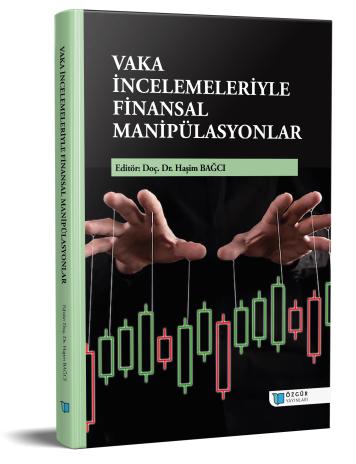
The Enron Case
Chapter from the book:
Bağcı,
H.
(ed.)
2024.
Financial Manipulations with Case Studies.
Synopsis
The Enron scandal of 2001 was a financial collapse that affected not only the United States but also significantly impacted financial markets around the world. This collapse is considered one of the largest bankruptcies in U.S. history and a deeply influential corporate case in the business world. This event led to numerous individuals and institutions, including the company’s independent auditor, Arthur Andersen, being found guilty and penalized. The scandal severely damaged investor confidence and caused significant financial losses, with employees and shareholders who invested their retirement funds in company stocks losing billions of dollars and many employees becoming unemployed. This incident exposed the dark side of financial manipulations for self-interest within businesses and emphasized the importance of transparency in auditing, corporate accountability, consistency, reliable information, and ethical business practices. To prevent the recurrence of financial irregularities like those seen in Enron and other companies, various measures have been implemented, among which the Sarbanes-Oxley Act is one of the most significant. This law has instituted serious measures to prevent large-scale financial irregularities like those experienced in the Enron scandal. This study focuses on the historical background of the Enron scandal, known as a major financial manipulation and accounting fraud, the reasons for its emergence, the consequences of the scandal, and the lessons that should be drawn.

